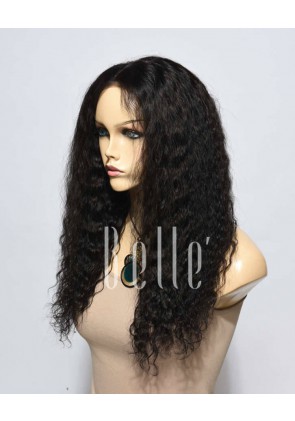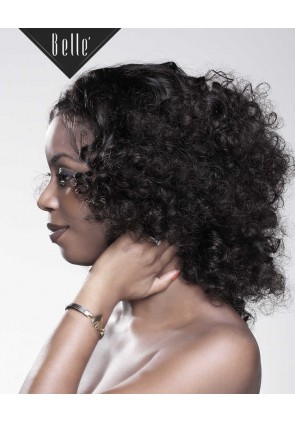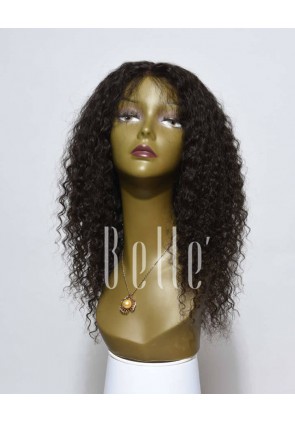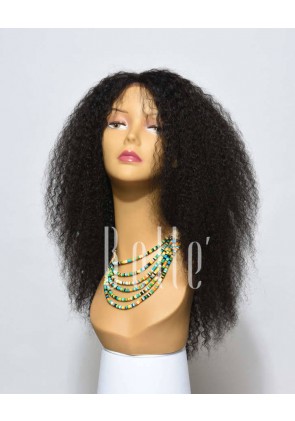Natural Beauty Front Lace Wigs
Egyptian wigs and weaves were made from human hair and sometimes supplemented with wool and plant fiber for added volume. The human hair was collected from shaved heads and was coated with resin and beeswax to protect the fibers. These hair pieces were made in black, brown, and blonde colors. Blonde being the most expensive to produce.The most expensive hair extensions were made entirely of human hair and were reserved for the elite. Commoners, on the other hand, wore wigs made from plant fibers and were dyed with henna to appear as natural as possible. This is similar to synthetic hair made today."This method is ideal for those with very thin or fine hair, because the bonds are about as small as a grain of rice. Since they are bonded to individual clumps of hair, they won't stress and weigh down your hair like sewn-in track extensions. The only downside to this method is the higher price. The fusion method, though, is all around better than tracks because there is less glue, you can wash your hair you as normally do, and it is comfortable to wear."Choosing a stylist for hair extensions"You definitely want to find someone who specializes in your type of hair," explains Heiman. "Since the options are overwhelming sometimes, here is a little trick. Call a salon and ask for its most experienced stylist working with hair extensions and your hair type. Call back again the next day and see if you are given the same name.

-
$293.00
-
$349.00
-
$0.00
-
$372.00
-
$356.00
-
$0.00
-
$0.00
-
$359.00
-
$0.00
-
$0.00
-
$282.00
-
$299.00

























